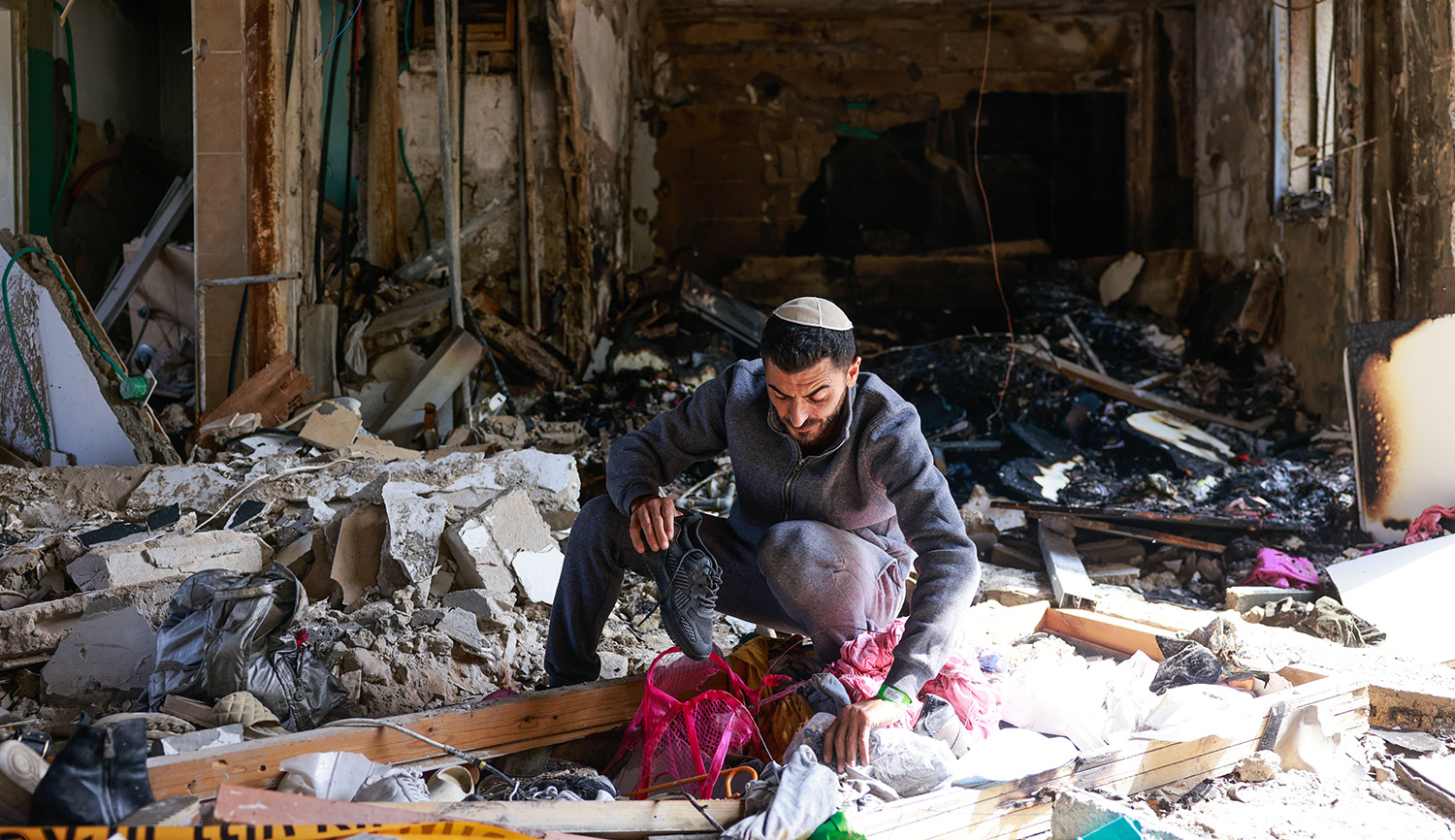Currently, Hamas is holding hostage the bodies of two IDF soldiers killed in the 2014 Gaza war, along with two mentally disturbed Israeli civilians. Jerusalem is reportedly considering releasing Palestinian prisoners in exchange for the two hostages and the soldiers’ remains. But, argues Nadav Shragai, experience has shown the imprudence of such exchanges:
Since 1985, Israel has released thousands of terrorists as gestures, exchange deals, and in the framework of peace plans. About half of them resumed terrorist activity. Thus far, hundreds of Israelis have been murdered and some 3,500 wounded in attacks committed by these former prisoners. The so-called Jibril agreement of 1985 freed 1,150 terrorists who became the backbone of the first intifada, [in exchange for the release of three soldiers who had been captured during the First Lebanon War]. According to a study the Defense Ministry ran on a sample group of 238 of those prisoners, 114 were confirmed to have gone back to terrorism.
Half or more of the 7,000 terrorists released following the Oslo Accords reintegrated into Palestinian terrorist infrastructure and took part in the second intifada. . . . The former Shin Bet director Yoram Cohen, who supported [the 2011 deal that obtained the release of Gilad Shalit in exchange for 1,027 prisoners], stated frankly at the time that, based on past experience, some 60 percent of prisoners released would go back to terrorism and 12 percent would wind up back in prison.
Following Shalit’s release, the Israeli government convened the Shamgar commission to study the issue. It recommended, inter alia, that “a captive Israeli soldier should be freed in exchange for no more than a handful of terrorist prisoners, and that a body of an Israeli casualty should be ‘redeemed’ for one terrorist’s body.” Shragai also cites additional suggestions from the reserve general and Knesset member Uzi Dayan:
The first choice is to free captives and hostages through military means, by force—direct or indirect—[or] if there is an operation in Gaza, even by abducting [senior] Hamas members. . . . That’s what we did in the 1970s when we captured Syrian generals to free three pilots who fell into Syrian captivity.
More about: Hamas, Israeli Security, Palestinian terror, Protective Edge


